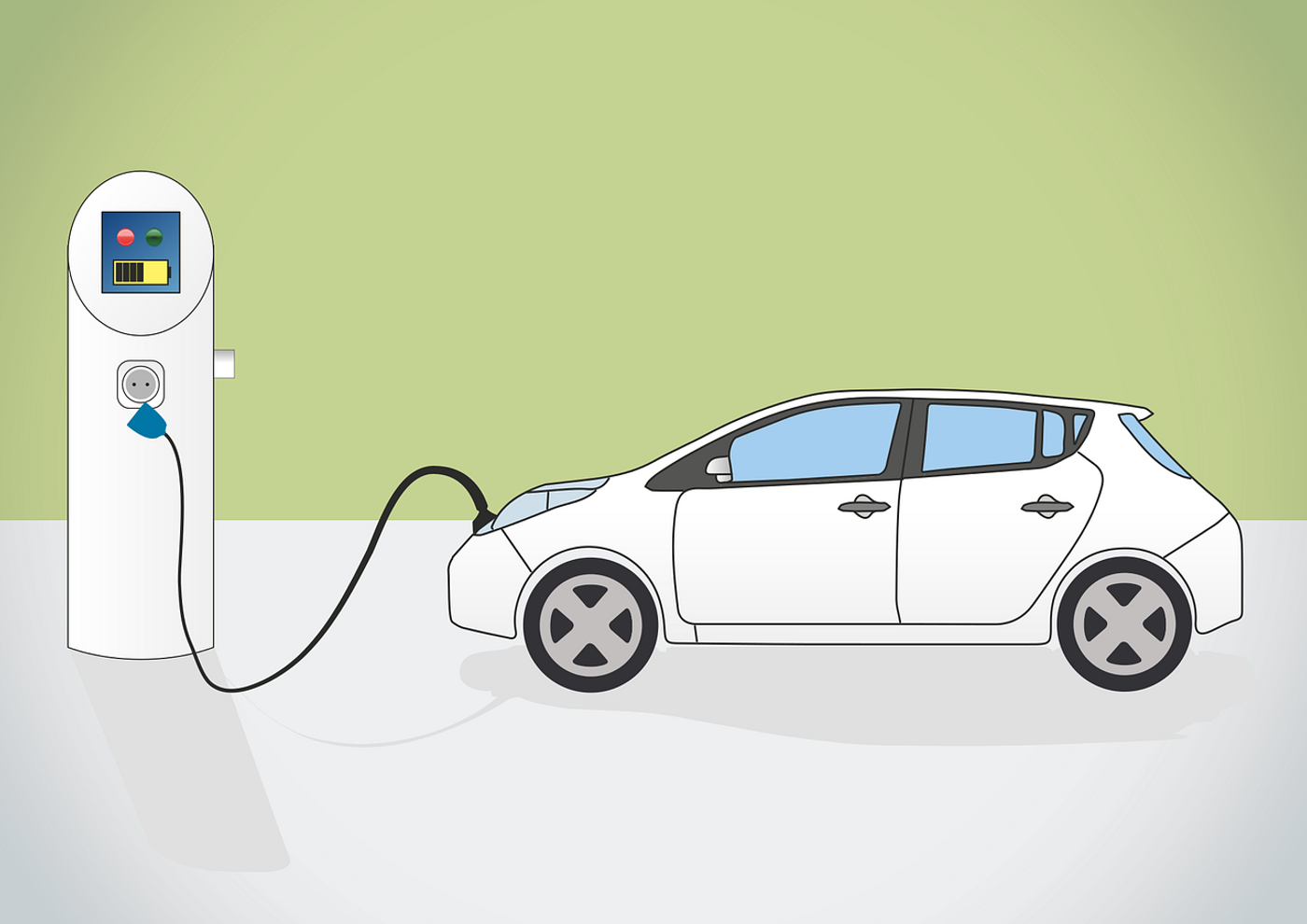Making EVs More Enticing for Drivers
In a recent study published in IEEE Transactions on Intelligent Transport Systems, a pair of researchers from North Carolina State University have designed an effective computational device to assist in improving user access to electric vehicle (EV) charging stations, with the objective to make EVs more enticing for drivers. This study holds the potential to spread awareness about the positive benefits of both EVs and EV charging stations.
"We already know that there is a need for EV charging networks that are flexible, in order to support the adoption of EVs," said Dr. Leila Hajibabai, an assistant professor in NC State's Fitts Department of Industrial and Systems Engineering, and lead author of the study. "That's because there is tremendous variability in when and where people want to charge their vehicles, how much time they can spend at a charging station, how long it takes to charge their vehicles, and so on. The fundamental question we wanted to address with this work is: What is the best way to manage existing charging station infrastructure in order to best meet the demands of electric vehicle users?"
For the study, the team placed attention on questions pertaining to length of time to reach charging station, cost of charging station, length of time accessing charging station, and fines pertaining to staying at charging station too long. These characteristics were put into a computer model that uses a game theory framework that helped drivers locate the nearest charging station that suits their needs, along with helping drivers determine how long their car can be at the station until the next car arrives.
"There's no clear real-world benchmark that we can use to assess the extent to which our technique would improve user access to charging facilities," said Dr. Hajibabai. "But in simulations, the technique did improve user access. The simulations also suggest that flexibility in when charging station slots are available was a key predictor of which stations users would visit. A next step would be to work with existing charging station networks to pilot the technique and assess its performance in a real-world setting."
Sources: IEEE Transactions on Intelligent Transport Systems
As always, keep doing science & keep looking up!


![Master Lab Weighing: Accuracy, Compliance & Audits [eBook]](https://d3bkbkx82g74b8.cloudfront.net/eyJidWNrZXQiOiJsYWJyb290cy1pbWFnZXMiLCJrZXkiOiJjb250ZW50X2FydGljbGVfcHJvZmlsZV9pbWFnZV85MWRmZmRjMDIwNDBlMWJjMzYwN2ZiYWY2ZjI4ZGMzYzBmZGMwZGMyXzkxOTcucG5nIiwiZWRpdHMiOnsidG9Gb3JtYXQiOiJqcGciLCJyZXNpemUiOnsid2lkdGgiOjcwMCwiaGVpZ2h0IjozNTAsImZpdCI6ImNvdmVyIiwicG9zaXRpb24iOiJjZW50ZXIiLCJiYWNrZ3JvdW5kIjoiI2ZmZiJ9LCJmbGF0dGVuIjp7ImJhY2tncm91bmQiOiIjZmZmIn19fQ==)






